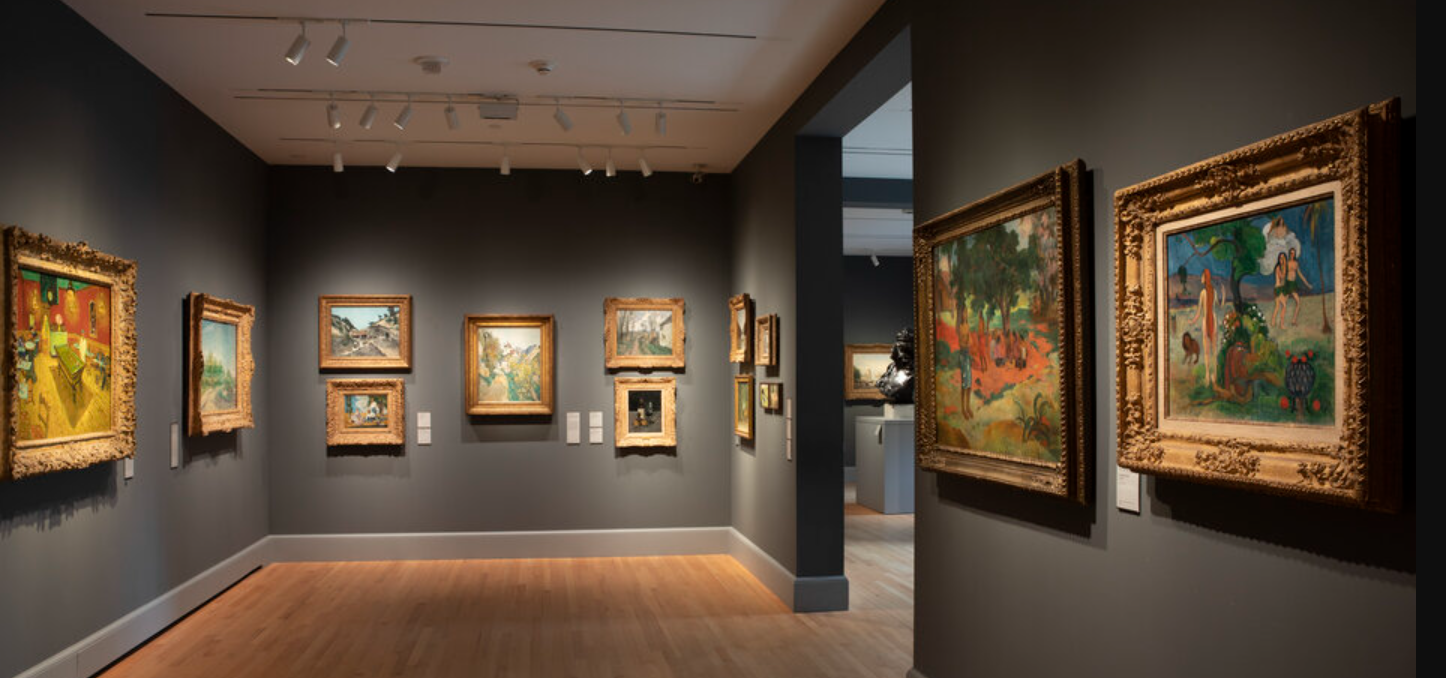The journey of art galleries from their classical origins to the vibrant contemporary spaces we cherish today is a captivating tale of transformation, cultural shifts, and the ever-evolving dialogue between art, artists, and the communities that engage with them. This evolution is not just a reflection of changing tastes in art; it’s a mirror to society’s progression, its revolutions, and its philosophical ponderings. In exploring this journey, we uncover how art galleries have become pivotal in shaping and reflecting cultural identities across epochs.
The Classical Beginnings
The inception of art galleries can be traced back to the private collections of the affluent and powerful in the Renaissance period. These precursors to modern galleries were exclusive, often showcasing the wealth and status of their owners rather than a democratised celebration of art. As repositories of precious artworks, sculptures, and antiquities, they laid the groundwork for the art gallery as a concept, albeit one limited to a select few.
The Democratic Shift
The 18th and 19th centuries marked a significant shift towards democratisation and accessibility in the art world. The establishment of public art galleries and museums, such as the Louvre in Paris, signified a pivotal change: art was no longer just a private luxury but a public treasure, meant for societal education and enjoyment. This period expanded the role of galleries beyond mere display spaces to institutions of public engagement, education, and cultural discourse.
The Modern Transformation
The 20th Century brought with it a seismic shift in the art world, reflecting the tumultuous changes in society at large. The advent of modernism and later, postmodernism, challenged traditional notions of art, its creation, and its presentation. Galleries adapted to these changes, becoming spaces of experimentation and dialogue – they began to showcase not only paintings and sculptures but also installations, digital art, and performance art, embracing the diversity of contemporary artistic expression.
Art galleries became arenas for challenging societal norms, sparking conversations, and pushing the boundaries of what art could be. This era saw the rise of the commercial art gallery, spaces that not only exhibited art but also played a crucial role in the art market, supporting artists financially and promoting their work to collectors and the public.
The Contemporary Scene
Today, art galleries are dynamic spaces that blend the historical with the cutting-edge, embodying the diversity and complexity of contemporary art. They are not just physical spaces but have expanded into the digital realm, offering virtual tours and online exhibitions that defy geographical and physical limitations. Contemporary galleries continue to evolve, reflecting and anticipating shifts in cultural practices, technological advancements, and global connectivity.
For those in Melbourne seeking to experience this evolution firsthand, the best commercial art gallery in Melbourne offers a curated selection of contemporary artworks. This gallery exemplifies how modern spaces celebrate creativity, offering artists a platform to engage with audiences both locally and globally. It stands as a testament to the enduring power and evolving nature of art galleries in our societies.
Final Thoughts
The evolution of art galleries from classical origins to contemporary incarnations is a testament to humanity’s unending quest for expression, understanding, and connection through art. These spaces have grown from exclusive salons of the elite to inclusive forums for cultural dialogue, reflecting the democratisation of art appreciation and the broadening of what art can signify in society. As we look to the future, art galleries will undoubtedly continue to evolve, embracing new challenges and opportunities, but always remaining essential cultural beacons in our ever-changing world.

